New Zealand vs India, 2020: Combined XI from the ODI series
These players were at their best in the three-match ODI series.
2 Min Read
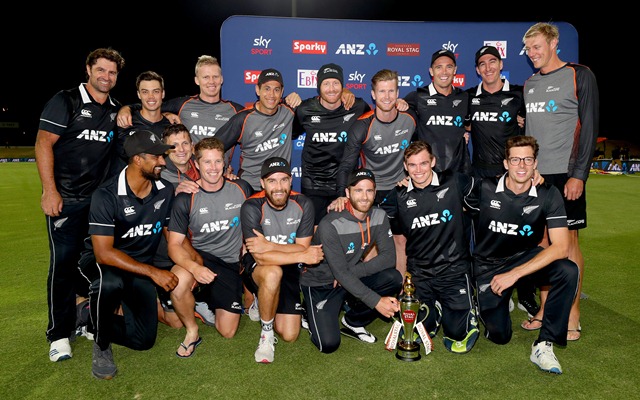

New Zealand. (Photo by Hannah Peters/Getty Images)

Irrespective of how the T20I series panned out, nobody would’ve expected the result of the three-match ODI series to be 3-0 in favour of New Zealand. India handed a 5-0 drubbing in the T20I series and were favourites going into the ODI rubber as well. In fact, New Zealand were without their frontline pace attack and the visitors were missing their premier white-ball openers.
However, the Kiwis dominated the series and were better in every department. In the first game, on the back of fine knocks from Ross Taylor, Tom Latham and Henry Nicholls, they hunted down a record 348. At Eden Park in Auckland, they held their nerve to defend 273 and took an unbeatable 2-0. In the third game, the Kiwis chased down 297 to inflict a white-wash. It was the first ODI whitewash that India were handed in over 30 years.
The Virat Kohli-led side were outplayed in all departments and the Indian skipper also admitted the same. Thus, with the series coming to an end, we look at the combined XI from the ODI series gone by.
Best XI of the ODI series
1. Martin Guptill
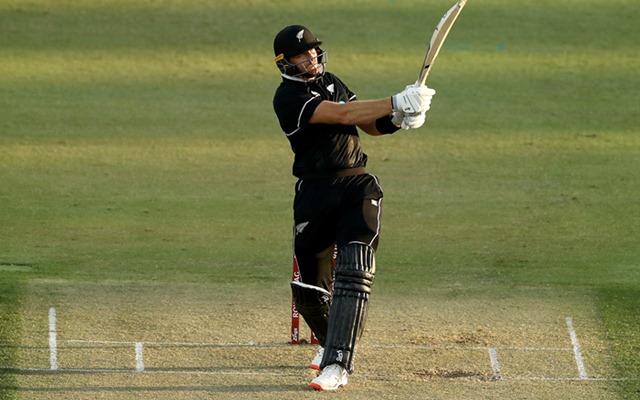
India has been one of the worst opponents for Martin Guptill. His average against them is the lowest amongst all sides he’s faced in ODI cricket. However, this was a series where those numbers have improved and he returned with some very good scores at the top.
The New Zealand opener scored 177 runs and was the third-highest run-getter for the Kiwis in this series. He averaged 59.00 and had a strike-rate of 106.62. Moreover, he got a couple of half-centuries and in fact, it was the first time in his ODI career that Guptill scored back-to-back fifties against India.
Hence, he was the one who gave New Zealand some fast starts. He took the attack to the Indian bowlers and put them under pressure early on. Guptill’s lowest score of the series was 32.
2. Henry Nicholls
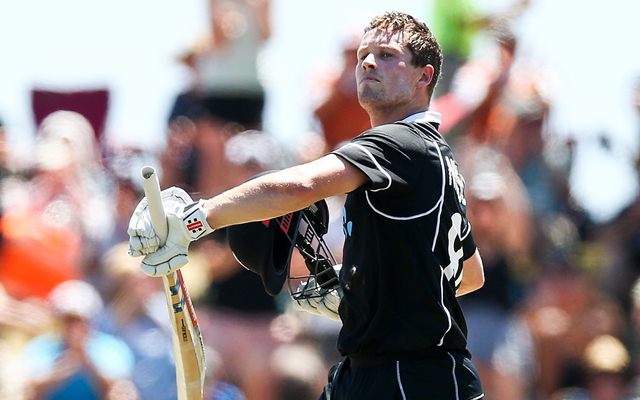
The New Zealand opening pair had an excellent run in this series. The duo of Guptill and Henry Nicholls were never dismissed in the powerplays and they showed very good consistency. They deflated the Indian bowling attack and didn’t allow them to dictate terms.
Nicholls was the hosts’ leading run-scorer in this series. He got scores of 78, 41 and 80 as he was the glue at the top of the order. Moreover, Nicholls’ stability at the top gave Guptill the freedom to go after the bowlers and the left-hander largely played second fiddle.
He made 199 runs from three innings and was the third-highest run-getter overall. It was hard to dislodge the left-handed white-ball New Zealand opener.
3. Shreyas Iyer
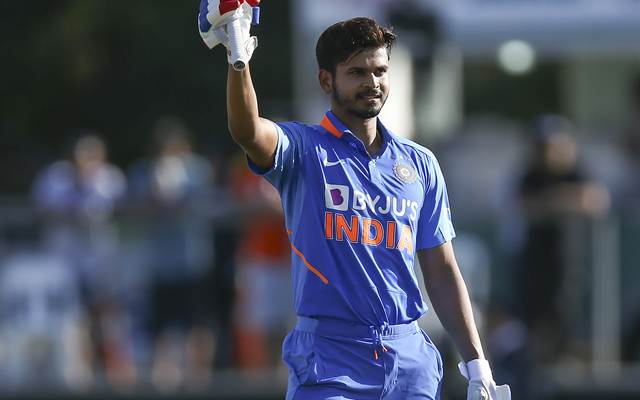
This series was the coming of age of Shreyas Iyer. The No. 4 merry-go-rounds ended with Iyer post World Cup and India have stuck with the Mumbai batsman. He was good in those series’ post the World Cup and did score consistently.
However, in this series, Iyer took his batting to another level. Be it consolidating or go big after the bowlers, Iyer showed he can do both. He walked out to bat in tricky situations in all three games and found a way to help India get out of that mess. He rebuilt and converted his starts into a fifty at least.
Iyer had scores of 103, 52 and 62 in the three innings. The three-figure score in the series opener was his maiden ODI ton and he was one of India’s biggest positives from this series.
4. Ross Taylor
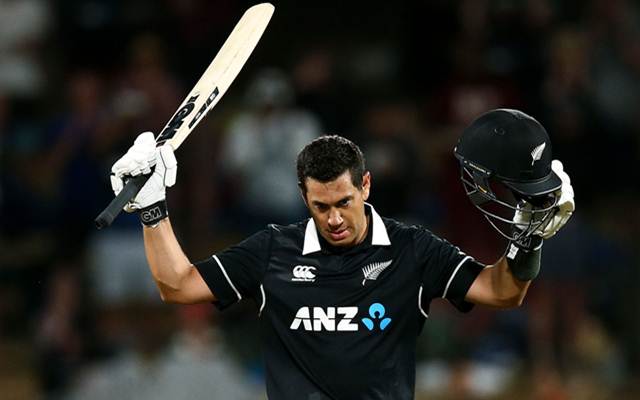
We often talk about a lot of ODI players of the modern era and their consistency but Ross Taylor isn’t mentioned a lot. But he’s been in fine form and has been piling on the runs consistently at No. 4 for New Zealand. He is a rock and a run-machine in the middle order for the Kiwis.
Taylor continued his good run in this ODI series against India. In fact, he could well be termed as the difference between the two sides in the first two ODIs. The right-handed No. 4 struck an excellent century and helped New Zealand chase down 348 which is the highest in the history of their ODI cricket. He scored a very good 773 not out to take New Zealand to a total that was eventually a match-winning one. The third game was the only time he failed.
The 35-year-old was dismissed just once in the series and scored 194 runs. Moreover, he had a strike-rate of 110.22 in this three-match rubber.
5. KL Rahul (wk)
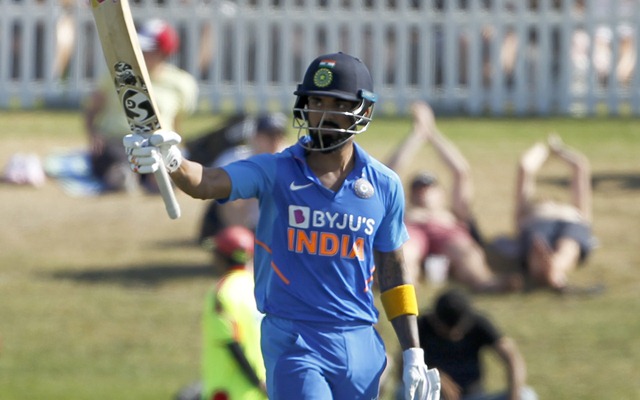
KL Rahul has been shuffling around quite a bit in the recent past. However, this was his first series where he played as a wicket-keeper batsman in all the games. Moreover, he has made the No. 5 spot his own as well and along with Shreyas Iyer, he seems to have solved India’s middle-order woes for the moment.
The Karnataka lad has been hitting the ball beautifully. After a very good T20I series, Rahul continued his form in the 50-over format as well. He smoked a quickfire 88 not out in the first ODI, helping India post a daunting 347 which New Zealand chased it down eventually.
Rahul did fail in the second game but he was in his elements in the final ODI. He walked out to bat with India in trouble and he bailed them out. First, he resurrected the innings with Iyer before going after the bowling and notching up his fourth ODI ton and first at No. 5.
6. Tom Latham (C)
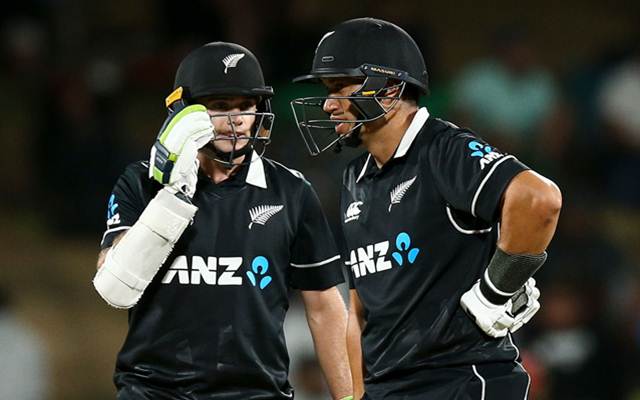
Tom Latham was very good in the New Zealand middle-order. He led from the front in the first game as he stroked his way to 69 which set a platform for the other batsmen and wipe off the chase. The left-hander was in excellent touch and formed a very good partnership with Ross Taylor in the first game, leading his team to a win.
Latham made 108 runs at a strike-rate of 112.50. The left-hander scored 69 in the first game, leading from the front during New Zealand’s chase of 348. He looked good in the other two games as well and made an unbeaten 32 as well. He will be the captain of this combined XI for leading the Kiwis to a series-winning lead.
Latham will be keen to continue with his good form with the bat and also translate the same into the upcoming Test series against India.
7. Ravindra Jadeja
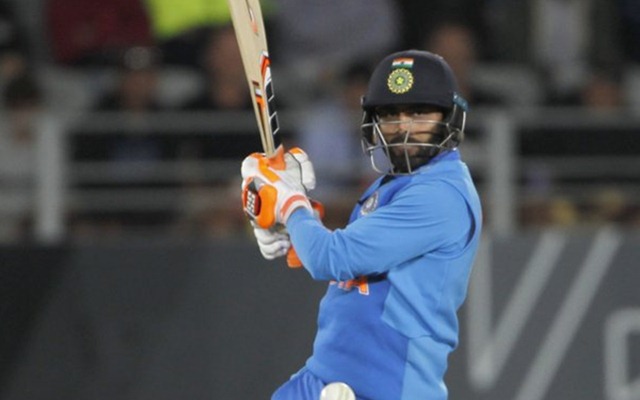
There’s been a lot of criticism over Ravindra Jadeja’s place in the ODI side. There were calls for his axing as many felt he wasn’t as penetrative with the ball and wasn’t good enough to be a No. 7 in ODI cricket. However, the Saurashtra all-rounder has shut his critics with his performances.
Jadeja was one of the better Indian bowlers throughout the series. In fact, he had an economy of 4.80 and kept things very tight for most parts of the game. He also picked up a couple of key wickets. After going for 64 in the first game, Jadeja came back strongly as he returned with figures of 1/35 and 1/45 in the other two games.
With the bat, he almost won India the second ODI in Auckland. The Saurashtra lad scored a fine 55 in the second ODI in Auckland. He’s becoming a lot more consistent with the bat.
8. Shardul Thakur
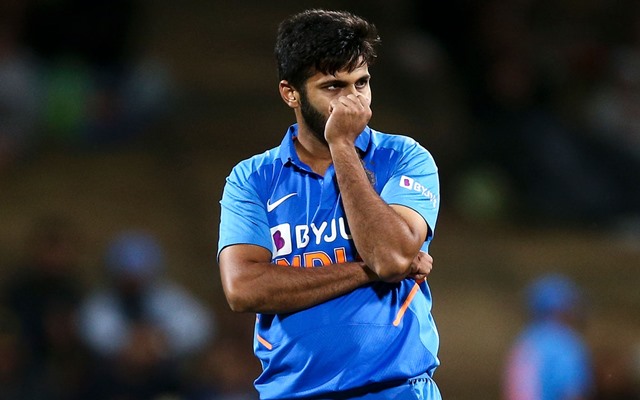
Shardul Thakur blew hot and cold big time throughout this series and he was pretty expensive overall. In fact, he conceded runs at an economy of 8.05 which is the second-most for any bowler across the two teams. The New Zealand batters took Thakur apart on quite a few instances.
However, the Mumbai-born fast bowler did pick up some wickets and they came at decent times as well. Overall, he took four wickets in three games but was expensive. He had an economy of 6.44 and was the only Indian fast bowler who played all eight games of the white-ball leg.
India largely picked him for his batting nous at number 8 but he couldn’t make a big impact even with the blade. But he is picked in this XI on the back of his four wickets.
9. Kyle Jamieson
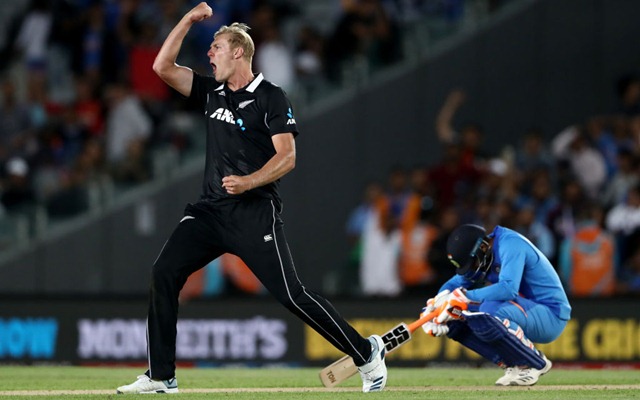
Kyle Jamieson made his debut in the second ODI and it was a series to remember for him. Jamieson was excellent with both bat and ball. He was coming off on the back of some good performances for New Zealand ‘A’ and just continued in that rhythm. On debut, he was brought in as first change in the second game but the tall pacer was given the new ball in the last ODI.
Jamieson was brilliant with his line and length and that consistency. He troubled the Indian top-order quite a bit. In two games, Jamieson has done really well. He chipped in with an invaluable 25 with the bat in the second match of the series and also picked up three wickets from two games.
The tall pacer did a good job in the absence of the likes of Trent Boult and Lockie Ferguson and looks set to continue with the team for some more time in the near future.
10. Hamish Bennett
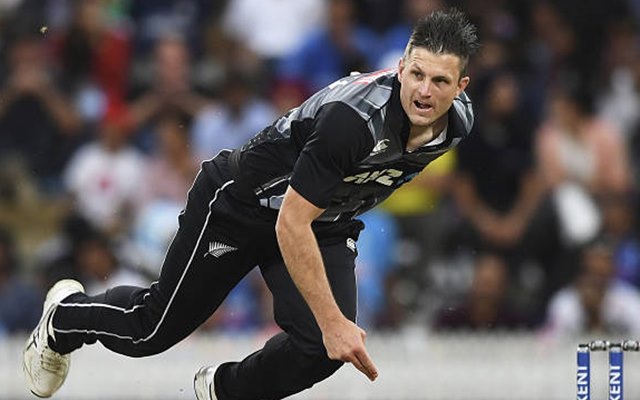
It was a comeback series for Hamish Bennett. After playing the T20I series, the pacer returned to the 50-over format as well. He bowled with some good pace and decent control. However, there was a pattern to the way Bennett bowled and operated.
The 32-year-old fast bowler often tended to be expensive in his first spell. However, he made it a habit of coming back well in his second and third spells. After going wicketless in the first ODI, Bennett came back strongly, picking up six wickets from the last two games.
He accounted for Mayank Agarwal and Shreyas Iyer in the second ODI while he picked up four absolutely vital wickets in the third ODI. He eventually took 4/64 at Mount Maunganui.
11. Yuzvendra Chahal
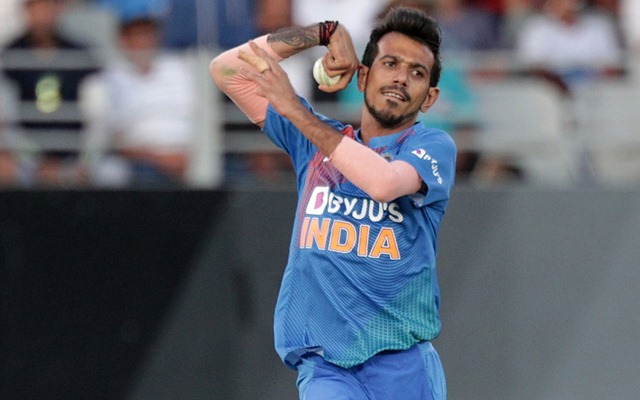
India have tended to play Kuldeep Yadav more ahead of Yuzvendra Chahal. However, the latter played all games in the T20I series but Kuldeep started the ODI series. But a lacklustre performance brought Chahal into the fray and he’s done really well.
The Haryana leg-spinner bowled beautifully throughout the series and has done so even in the T20I series. But this time, he was rewarded with wickets. Chahal picked up 3/58 in the second ODI before taking 3/47 in the third. In fact, he was India’s best bowler of the series.
Chahal was the joint-highest wicket-taker (six wickets) in this series despite playing one game less. He averages 17.50 with the ball and was one of the few shining lights for India in this rather disappointing series.
Download Our App